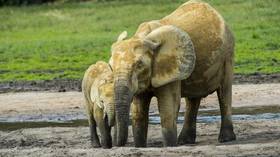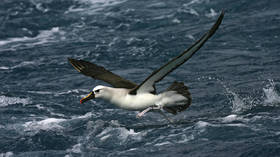World faces largest species extinction since dinosaur era, WWF warns

The Earth is facing the biggest extinction event since the end of the dinosaur era, with a million species at risk of becoming extinct within the next few decades, the World Wildlife Fund (WWF) has said in a report.
Titled ‘Winners and Losers of 2021’, the article, published on Wednesday, lists the endangered animals whose populations have shrunk or grown the most this year.
“African forest elephants, polar bears, tree frogs, cranes and species of fish such as sturgeon and huchen – these are just some of the losers in 2021. They represent thousands of endangered animal species,” the WWF said.
Among the ‘winners’, the organization lists the Iberian lynx – one of the rarest cats in the world – along with Nepalese rhinos and great bustard birds. Noting that the success of these species is a tribute to the efforts of conservationists, the WWF emphasizes that the situation remains serious.
“Around a million species could become extinct within the next few decades, which would mark the largest species extinction since the end of the dinosaur era,” the organization claimed.
According to a WWF board member Eberhard Brandes, species protection now involves the question of “whether humanity will someday end up on the red list in a hazard category and become the loser of its own way of life.”
There are more than 40,000 animal and plant species currently on the International Red List, qualified as threatened with extinction by the International Union for Conservation of Nature (IUCN). In total the Red List includes almost 142,600 endangered species.














